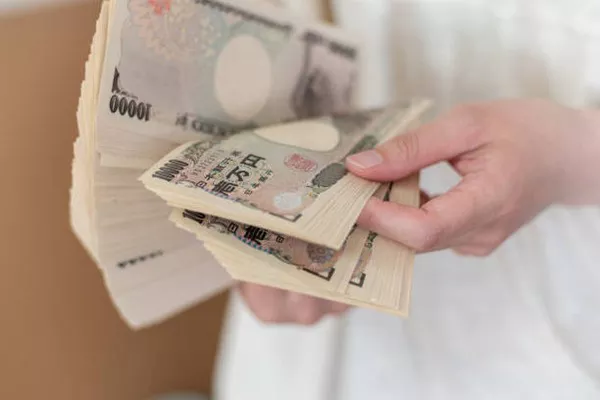In the realm of global currencies, the Japanese yen stands as a symbol of stability and economic prowess. Among its various denominations, the 10,000 yen banknote holds a special significance, reflecting Japan’s rich cultural heritage, economic resilience, and financial stability. This article delves into the historical roots, cultural symbolism, and economic impact of the 10,000 yen banknote, elucidating its role in shaping Japan’s monetary landscape and its broader significance on the international stage.
Historical Evolution
The history of the 10,000 yen banknote traces back to the post-World War II era when Japan underwent a period of profound economic reconstruction. Introduced in 1957 by the Bank of Japan, the 10,000 yen note was part of a series of currency reforms aimed at modernizing Japan’s monetary system and stabilizing its economy. At the time of its inception, the 10,000 yen note represented a substantial sum, reflecting Japan’s emergence as an economic powerhouse in the post-war era.
Cultural Symbolism
Beyond its monetary value, the 10,000 yen banknote holds significant cultural symbolism within Japanese society. The imagery featured on the note often celebrates Japan’s rich artistic heritage, historical landmarks, and iconic figures. For instance, the reverse side of the current series of 10,000 yen notes showcases a portrait of Yukichi Fukuzawa, a prominent intellectual and advocate for modernization during the Meiji Restoration period. This depiction not only pays homage to Fukuzawa’s contributions to Japan’s modernization but also serves as a reminder of the nation’s commitment to progress and innovation.
Economic Significance
From an economic perspective, the 10,000 yen banknote plays a crucial role in facilitating transactions and preserving purchasing power within the Japanese economy. As the highest denomination banknote in circulation, it serves as a store of value for individuals and businesses alike. Moreover, its widespread acceptance and liquidity make it a preferred medium of exchange in both domestic and international trade, further underscoring its economic significance.
Impact on Monetary Policy
The issuance and circulation of the 10,000 yen banknote also have implications for Japan’s monetary policy framework. The Bank of Japan, as the country’s central bank, carefully monitors the supply and circulation of currency to maintain price stability and support economic growth. The availability of high-denomination banknotes like the 10,000 yen note provides flexibility in conducting monetary operations, allowing the central bank to manage liquidity effectively and respond to changing economic conditions.
Counterfeiting and Security Measures
Despite its role as a trusted form of currency, the 10,000 yen banknote is not immune to counterfeiting risks. To safeguard against fraudulent activities, the Bank of Japan continuously invests in cutting-edge security features and anti-counterfeiting measures. These include intricate designs, holographic elements, and advanced printing techniques that make it increasingly difficult for counterfeiters to replicate the note accurately. By prioritizing security and authenticity, the central bank upholds public trust in the integrity of the currency and ensures the stability of the financial system.
International Recognition
Beyond its domestic significance, the 10,000 yen banknote enjoys international recognition as a symbol of Japan’s economic strength and financial stability. As one of the world’s leading economies, Japan plays a pivotal role in global trade and finance, with the yen serving as a key reserve currency alongside the US dollar and the euro. The prominence of the 10,000 yen banknote in international transactions further enhances Japan’s standing in the global economic arena and underscores its status as a major financial hub in the Asia-Pacific region.
Cultural Heritage and Tourism
In addition to its economic role, the 10,000 yen banknote serves as a cultural ambassador, showcasing Japan’s rich heritage and captivating landscapes to a global audience. The imagery featured on the note often includes iconic landmarks such as Mount Fuji, cherry blossoms, and traditional Japanese architecture, which serve as enduring symbols of the country’s natural beauty and cultural allure. For tourists visiting Japan, the 10,000 yen banknote serves as a tangible memento of their journey, evoking memories of their experiences in the Land of the Rising Sun.
See Also: The Denominations of Japanese Yen
Conclusion
In conclusion, the 10,000 yen banknote stands as a testament to Japan’s resilience, prosperity, and cultural legacy. From its humble origins in the post-war era to its current status as a symbol of economic stability and cultural heritage, the 10,000 yen note embodies the spirit of innovation, progress, and resilience that defines modern Japan. As the country continues to navigate the complexities of the global economy, the 10,000 yen banknote will undoubtedly remain a cornerstone of Japan’s monetary system, reflecting its enduring commitment to excellence and prosperity.


